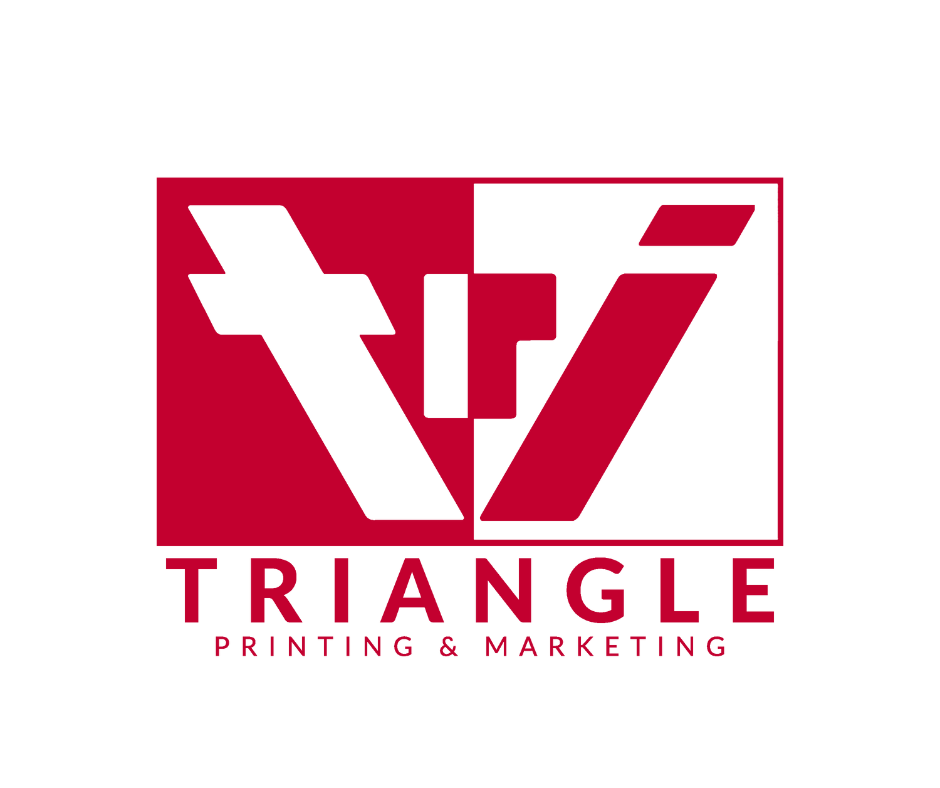Getting Started with Print Advertising: 7 Essential Tips for Businesses
Getting Started with Print Advertising: 7 Essential Tips for Businesses
With an abundance of online channels and platforms available, businesses may find themselves unsure with where to begin when it comes to leveraging the power of print. For those new to print advertising, navigating this medium can feel overwhelming. From selecting the right print format to crafting compelling messaging and designing eye-catching visuals, there are numerous factors to consider to ensure a successful print campaign. That's why we've compiled seven essential tips to help businesses make the most of their print marketing efforts.
- Understand Your Audience: Before diving into print advertising, it's important to thoroughly understand your target audience. Take the time to research their demographics, interests, and preferences. Tailor your print materials to resonate with their needs. By aligning your messaging with your audience's interests, you'll increase the effectiveness of your print campaigns.
- Set Clear Objectives: Define clear and measurable objectives for your print advertising campaigns. Deciding whether your goals are to increase brand visibility, generate leads, or drive sales, specifying these goals will guide your strategy and measure success. Try to keep your objectives realistic and aligned with your overall business objectives.
- Focus on Quality Design: Consider investing in professional graphic design. Use eye-catching visuals, compelling copy, and a consistent brand identity to capture attention and convey your message effectively. High-quality design will reflect positively on your brand and increase the likelihood of your audience engaging with your print advertising materials.
- Include a Strong Call to Action (CTA): Every print advertisement should include a clear and persuasive call to action that prompts readers to take the next step. This could be to visit your website, call for more information, or make a purchase. Your CTA should be concise, actionable, and clearly displayed.
- Embrace Brand Consistency: Work to maintain consistency across all your print material. This will help to reinforce your brand identity and improve brand recognition. This can be done by using consistent colors, fonts, imagery, and messaging to create cohesion. Brand consistency builds trust and familiarity with your audience, making your print materials recognizable and memorable.
- Test and Iterate: Continuously test different print advertising strategies, formats, and messaging to identify what gets the most traction with your audience. Experiment with variations in design, copy, and offers to gauge their effectiveness. Analyze the results to improve the performance of your campaigns over time.
- Monitor ROI: Track the return on investment (ROI) of your print advertising efforts to review their impact on your business objectives. Monitor key metrics such as response rates, leads generated, and sales that can be attributed to your print campaigns. This will help you to determine the effectiveness of your print advertising and make informed decisions about resource allocation and future campaigns.
By considering and following these tips, businesses can make their print advertising work for them, expanding their reach and effectively engaging target audiences. Print is a timeless medium and can undoubtedly elevate your marketing strategies. Whether you have questions or you’re ready to start printing, Triangle Printing and Marketing in Houston, Texas is here to answer your questions and work alongside you to garner tangible results for your next print advertising campaign!



